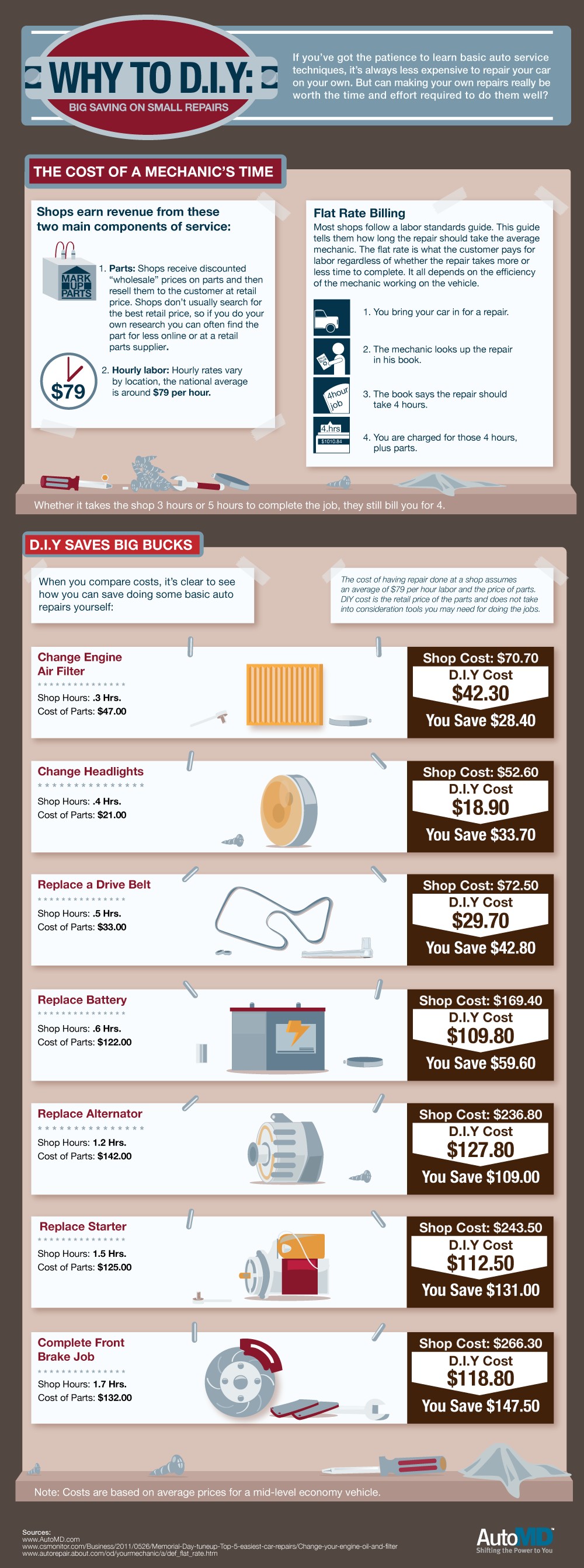Translating Your Car'S Alert Lighting: Their True Implications
Translating Your Car'S Alert Lighting: Their True Implications
Blog Article
https://www.justice.gov/usao-ma/pr/former-boston-police-auto-repair-technician-sentenced-wire-fraud-charges -Boye Shepherd
When you're behind the wheel, those beautiful caution lights on your dashboard can be a bit bewildering. Do you know what they're attempting to inform you regarding your cars and truck's health and wellness? Comprehending https://donovanmgavo.yomoblog.com/37586375/the-development-of-automobile-describing-substantial-fads-and-technologies-to-watch-on of these lights is essential for your safety and security and the longevity of your car. So, the next time among those lights turns up, would not you want to decode its message accurately and take the needed actions to address it?
Common Warning Lights and Interpretations
Identify usual caution lights in your cars and truck and comprehend their definitions to guarantee safe driving.
The most typical caution lights consist of the check engine light, which indicates issues with the engine or exhausts system. If this light comes on, it's critical to have your automobile checked immediately.
The oil pressure cautioning light indicates reduced oil stress, needing instant interest to prevent engine damage.
A blinking battery light might suggest a faulty charging system, possibly leaving you stranded if not resolved.
The tire pressure tracking system (TPMS) light signals you to low tire pressure, influencing car stability and gas performance. Overlooking this can lead to unsafe driving conditions.
https://hectoribskb.answerblogs.com/31398276/an-overview-to-the-top-10-factors-to-consider-for-discovering-the-most-effective-automobile-repair-shop-close-by shows an issue with the anti-lock braking system, jeopardizing your capability to stop rapidly in emergency situations.
Lastly, the coolant temperature warning light warns of engine overheating, which can result in severe damages if not resolved swiftly.
Comprehending these usual warning lights will assist you address problems immediately and maintain risk-free driving problems.
Relevance of Prompt Focus
Understanding the typical caution lights in your auto is just the first step; the importance of immediately dealing with these warnings can not be highlighted sufficient to ensure your security when driving.
When a warning light brightens on your dashboard, it's your car's means of connecting a prospective concern that needs interest. Neglecting these cautions can cause extra serious problems in the future, compromising your safety and security and potentially costing you extra out of commission.
Prompt attention to warning lights can stop breakdowns and crashes. For example, a blinking check engine light could show a misfire that, if left ignored, could cause damage to the catalytic converter. Resolving this immediately can save you from a pricey fixing.
Likewise, a brake system advising light could signal reduced brake fluid or worn brake pads, vital elements for your security when driving.
Do It Yourself Troubleshooting Tips
If you see a warning light on your control panel, there are a couple of DIY troubleshooting pointers you can try prior to looking for professional assistance.
The primary step is to consult your vehicle's handbook to recognize what the particular warning light shows. Often the issue can be as straightforward as a loose gas cap activating the check engine light. Tightening the gas cap might fix the issue.
Another usual issue is a low battery, which can activate various cautioning lights. Examining the battery connections for deterioration and ensuring they're safe and secure might take care of the problem.
If a caution light lingers, you can attempt resetting it by disconnecting the car's battery for a couple of minutes and after that reconnecting it. Furthermore, examining your car's fluid degrees, such as oil, coolant, and brake liquid, can assist fix warning lights associated with these systems.
Verdict
Finally, recognizing your vehicle's warning lights is vital for keeping your car running efficiently and securely. By immediately resolving these signals and understanding what they imply, you can avoid expensive fixings and prospective break downs.
Bear in mind to consult your car's guidebook for certain information on each warning light and take action as necessary to make sure a hassle-free driving experience.
Stay notified, stay safe on the road!
